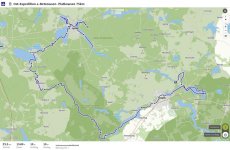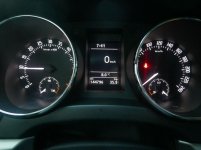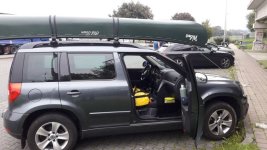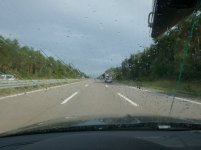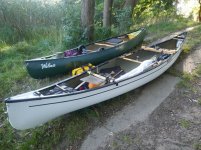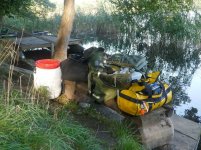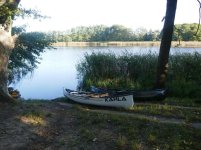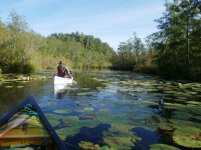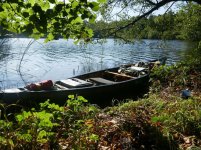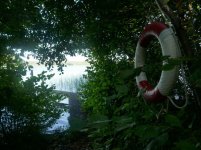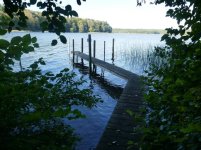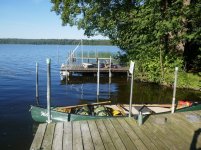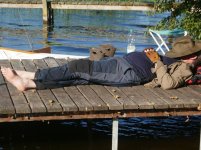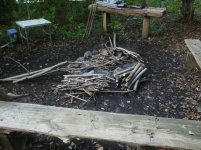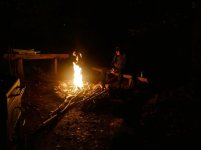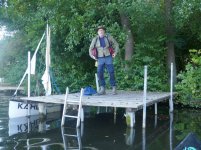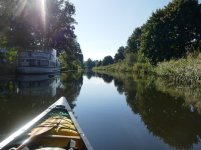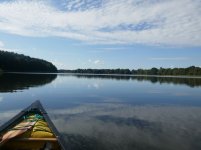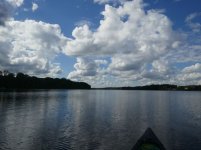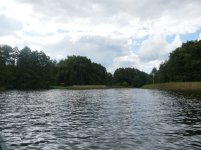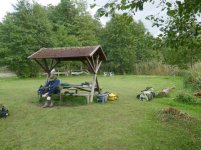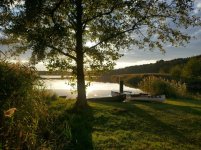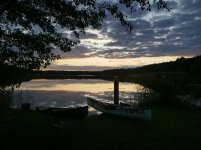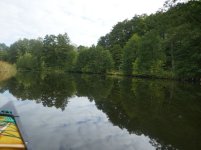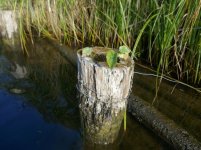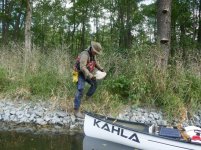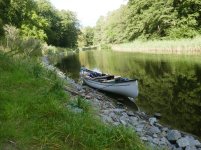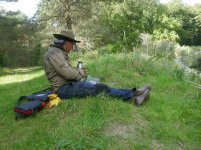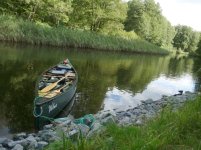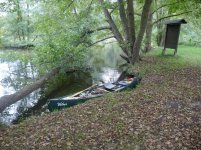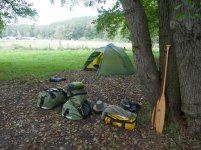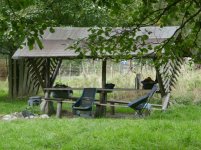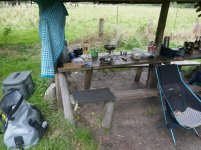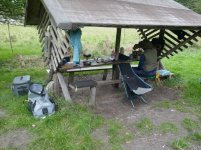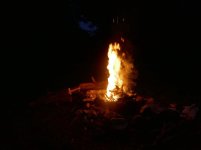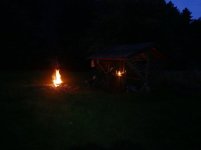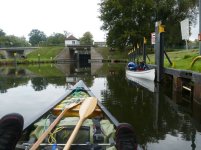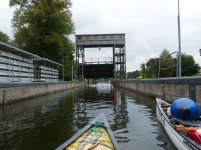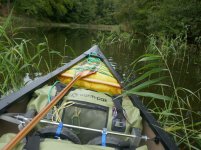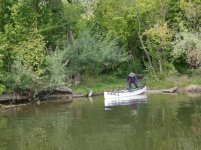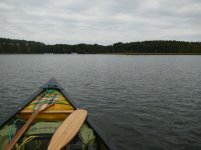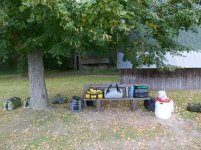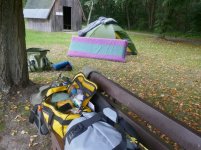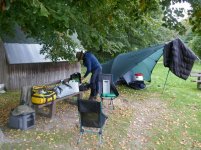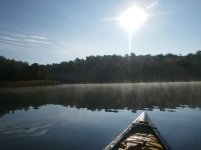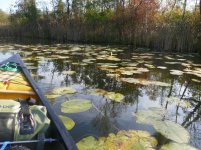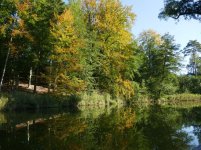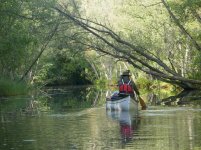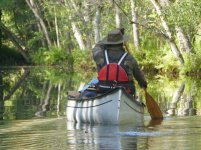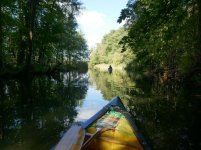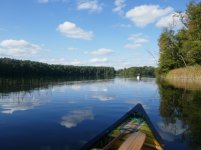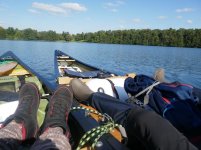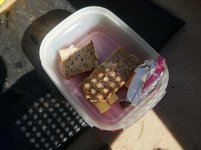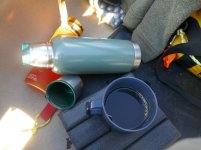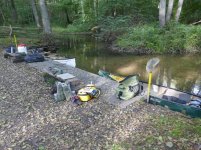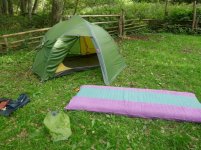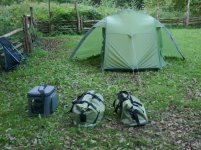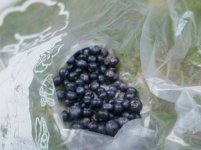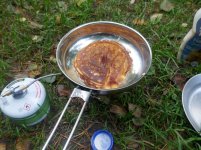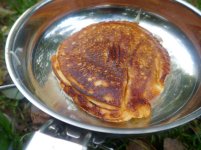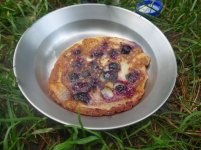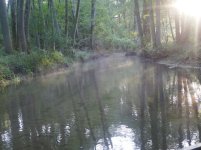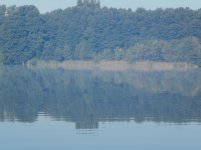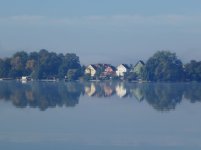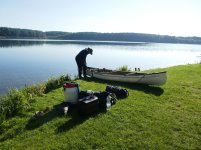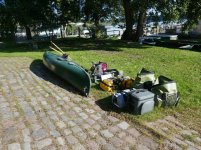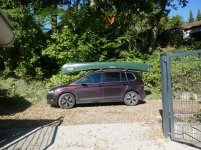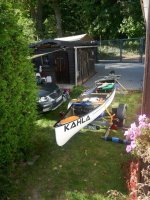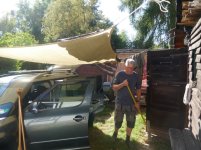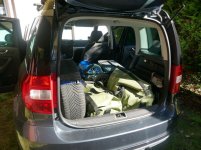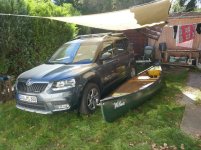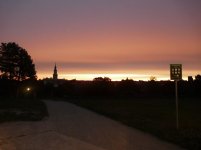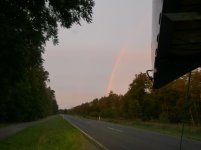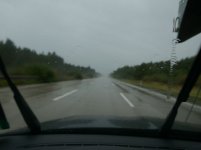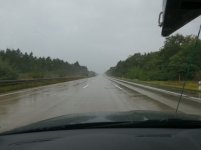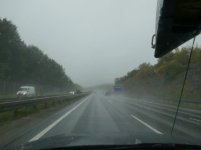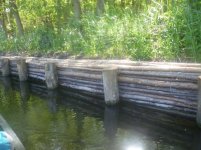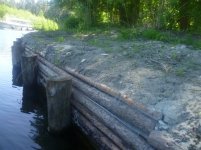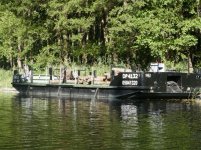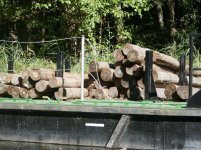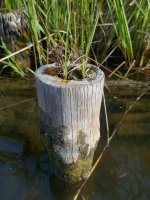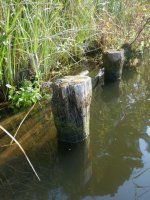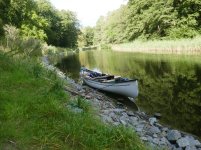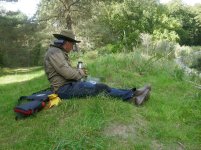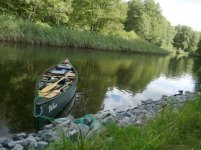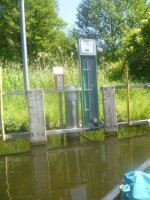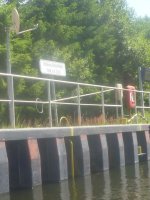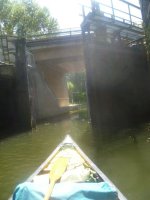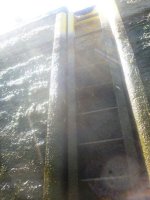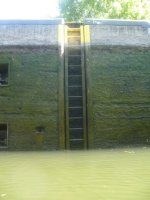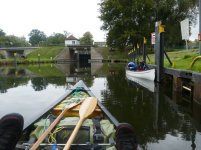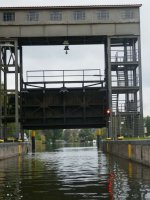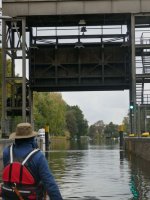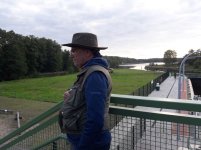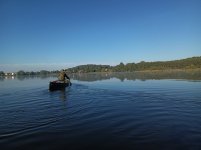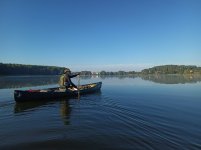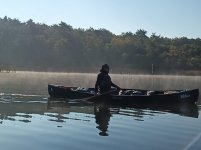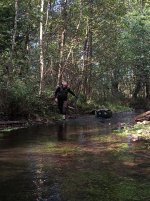Uckermark Lakes Nature Park
The Uckermark Lakes Nature Park is located north of Berlin in the middle of the water-rich, gently rolling Uckermark region. Alongside the Lower Oder Valley National Park and the Schorfheide-Chorin Biosphere Reserve, the nature park presents one of the most charming landscapes in northeastern Brandenburg and continues into the immediately adjacent Stechlin-Ruppiner Land and Feldberger Seenlandschaft nature parks in Mecklenburg-Western Pomerania. Its lively relief was formed during the Weichselian glaciation over 15,000 years ago. Typical of this region are the many channel lakes, ponds, and moors. Half of the nature park is covered by forests. Wonderful cycling and hiking routes as well as more than 100 kilometers of water trails magically attract active nature lovers. Worthwhile excursion destinations make your visit an experience. Incidentally, our heraldic animal is the osprey, which lives here in unusual density with over 30 breeding pairs.
Water hiking in the Uckermärkische Seen Nature Park
The ice and water masses of the Weichselian glaciation once carved channels, basins, and V-shaped valleys into the landscape, leaving behind over 200 lakes, some of which are connected by streams. Since the invention of the folding boat, canoeists have been discovering the old rafting and fishing routes and now paddle through mostly nature and landscape conservation areas. In addition to their number and diversity, the exceptional quality of many of the waters and surrounding areas is impressive and the reason for their protected status. Nevertheless, most of the waters are accessible to canoeists. There are clear water lakes with visibility depths of over 8 meters, where rare stoneworts, pondweeds, and the small whitefish, a delicate schooling fish, thrive. The shy bittern hides in extensive reed beds. Brook lampreys and demanding mussel species live in some streams. Otters and beavers inhabit almost the entire area. Attentive canoeists may be rewarded with a sighting of an osprey, or perhaps even a white-tailed eagle.
The Uckermark, a moraine landscape, was shaped by the Ice Age. This created a gently rolling flatland with depressions formed by various mechanisms, many of which are filled with lakes of varying sizes, some with only wetlands. There are tongue basin lakes, lakes formed from tunnel valleys, and many small pools created by dead ice blocks when the ice receded. Further evidence of the ice movements 15,000 years ago can be seen in the many large rounded boulders, known as erratic blocks.
Neither the state border nor the district border between Uckermark and Oberhavel form geological or other landscape boundaries here.
The Uckermark lakes comprise numerous naturally formed lakes that boast impressive biodiversity and, for the most part, high water quality.
The 590 lakes in the Uckermark (> 1 ha), with their shores complemented by a total of 233 kilometers of rivers and streams, offer an enormous variety of habitats for flora and fauna.
The lakes are interconnected in different ways. Chains of lakes formed in tunnel valleys, which in some places are traversed by small rivers. Ponds are typically only connected to other bodies of water via groundwater. This often leads to significant fluctuations in the water level, as hardly any more water seeps away after heavy rainfall than during prolonged drought. However, there are also lakes that are separated from the groundwater by a layer of clay.
Since the Middle Ages, numerous artificial drainage channels have been created to use the water to operate mills and to reduce damage to agriculture and forests caused by flooding. In the 20th century, many of the ditches were piped, so that uninformed visitors mistake lakes for isolated bodies of water when in fact they have an outlet. Today, drainage is approached with more caution than thirty years ago, as the importance of wetlands for species protection and groundwater regeneration has been recognized.
The extraordinary abundance of lakes is a special feature of the contiguous young moraine landscape in northeastern Brandenburg and southern Mecklenburg.
tranlated with:
https://www.deepl.com/de/translator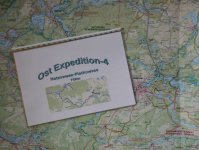
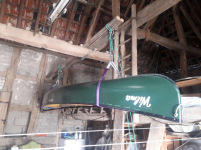 .
. 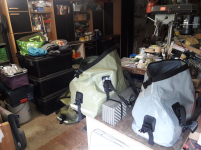 .
. 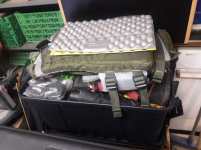
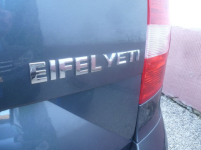 .
. 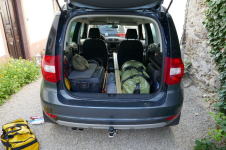
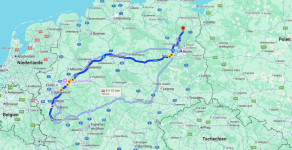 .
. 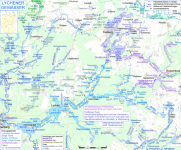 .
. 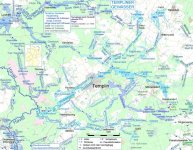
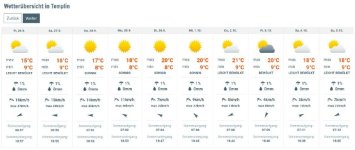


 .
.  .
. 
 .
. 
 .
.  .
. 


